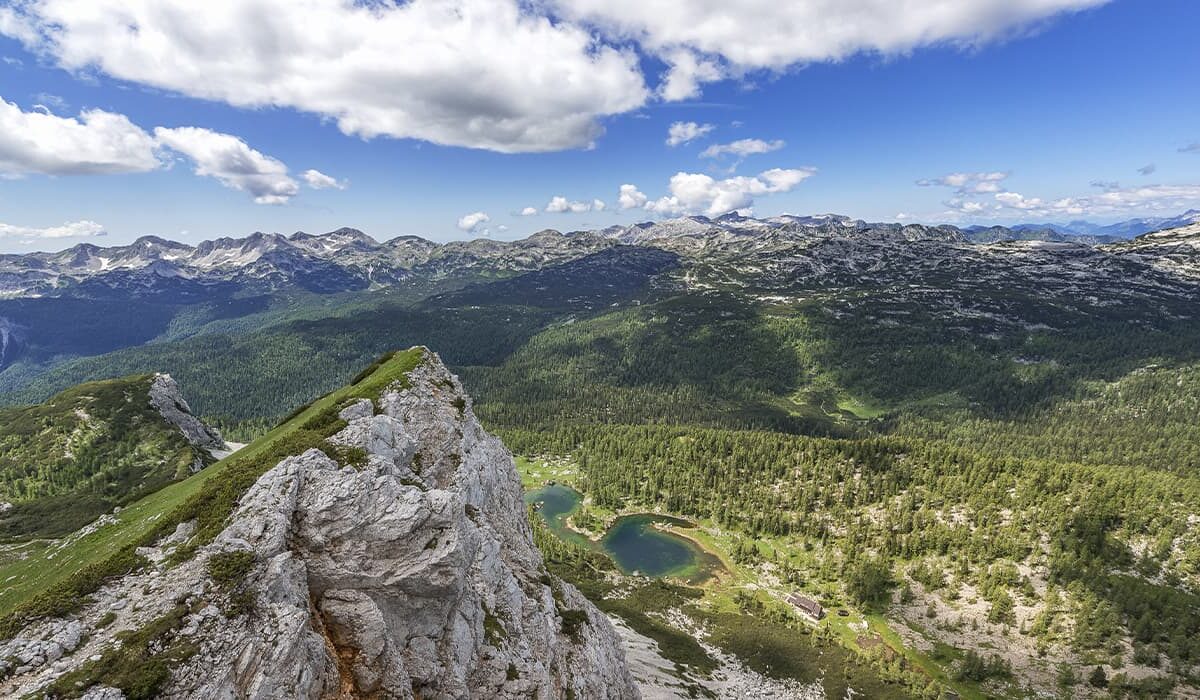The phrase “pearl of nature” for a national park in Australia is taken literally. Its territory is enclosed in a natural setting of bizarre rocks, shielding flora and fauna from the dangers of the outside world. Among the attractions of Australia there are many protected areas, the purpose of which is to protect natural landscapes, rare inhabitants of the planet. Kakadu National Park also belongs to the protected areas.
History of the appearance of Kakadu Park
The Arnhem Land Peninsula has developed a unique ecosystem with a subequatorial climate. A relatively small area of 19,804 km² includes the South Alligator River, heathlands, rain forests and eucalyptus forests, and unique geological formations. The relief is dominated by hills interspersed with gentle valleys.
Kakadu National Park has acquired its status in 1999, its formation began in 1976, in 1981 it was collected material on the basis of which later was decided to include it in the list of UNESCO. It is located 171 km from the city of Darwin, the territory is partly owned by Aborigines and leased from them by the Commonwealth of Australia.
The name of the park was the result of a linguistic error in which the Europeans read Gagadju in the Aboriginal language as the more familiar “cockatoo”. The name caught on and nothing was changed.
The Arnhem Land Peninsula and the entire Northern Territory 40 thousand years ago was already inhabited by different tribes. Their way of life and level of culture are told by archaeological finds, including fragments of objects and rock paintings. Seafarers began to visit Australia and its islands long ago, but the island was formally discovered in the 17th century by Dutch explorers.
The 19th and 20th centuries were marked by the development of the mining industry, telegraph lines and railroads appeared, and gold veins began to be mined. The numbers of endemic plants and animals began to decline rapidly, as did the number of indigenous people. To preserve this unique corner of nature and to protect it from the consequences of economic activity, a nature reserve was created.
Animals and plants in Kakadu Park
The main part is made up of marsupials, which are characteristic of the entire territory of the continent. There are about 74 species in the park, including:
wallabies;
several subspecies of kangaroo;
marsupial marten;
bandicoot;
black-footed tree rat,
dugong;
flying fox.
Unfortunately, even the status of a protected area cannot fully protect species and there is a gradual decrease in populations.
There are 280 species of birds nesting and wintering on the territory. Among them there are many rare and endangered, they are not able to adapt to the rapidly changing environmental conditions and can live only in strictly delineated boundaries with a special climate.
The long list of reptiles numbers 117 species. The number of some lizards and snakes declined significantly after the aga toad was introduced into Australia. With its arrival, the crocodile population has suffered, as they, unable to restrain their hunting instincts, swallow toads and die from their strong venom.
Also, 25 subspecies of frogs, freshwater and ridged crocodiles and 53 species of fish have survived in the park. The park waters are home to the rare white perch, which is considered one of the symbols of the country.
The flora is as diverse as the fauna. There grow giant banyans, eucalyptus, mangroves, rare grasses, tea-tree and halophytic succulents. Of the 47 species of mangrove trees that are described in botanical directories, 39 grow in the reserve.
Interesting facts about Kakadu National Park
Not only rare animals and birds are found in the park, the reserve preserves unique landscapes and geological formations.
During the tour, it is interesting to see:
Jim-Jim waterfall, a single stream falling from a height of 200 m;
fancifully shaped rock formations sculpted by nature;
the sudden change of landscapes;
glades of enormous termites;
colonies of flying foxes.
At the tour they necessarily tell about the unique drawings found in the caves of the reserve, where the figures are marked and all the bones and articulations are accurately written out, like an X-ray picture.
There are several waterfalls, but in the dry season they resemble silvery brooks flowing leisurely in the middle of a powerful channel, and in the rainy season it is almost impossible to get close to them. The best place to spot waterbirds is Woolwong Swamp.
Kakadu National Park, on a map of Australia, is almost entirely painted blue. An extensive network of res, channels, lakes and marshes is home to a huge variety of insects. Entomologists sometimes encounter

